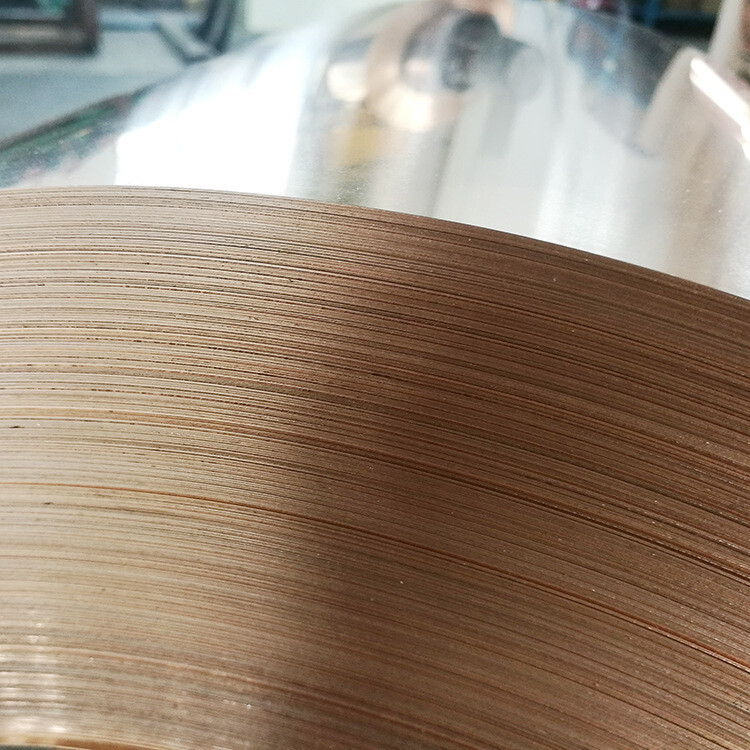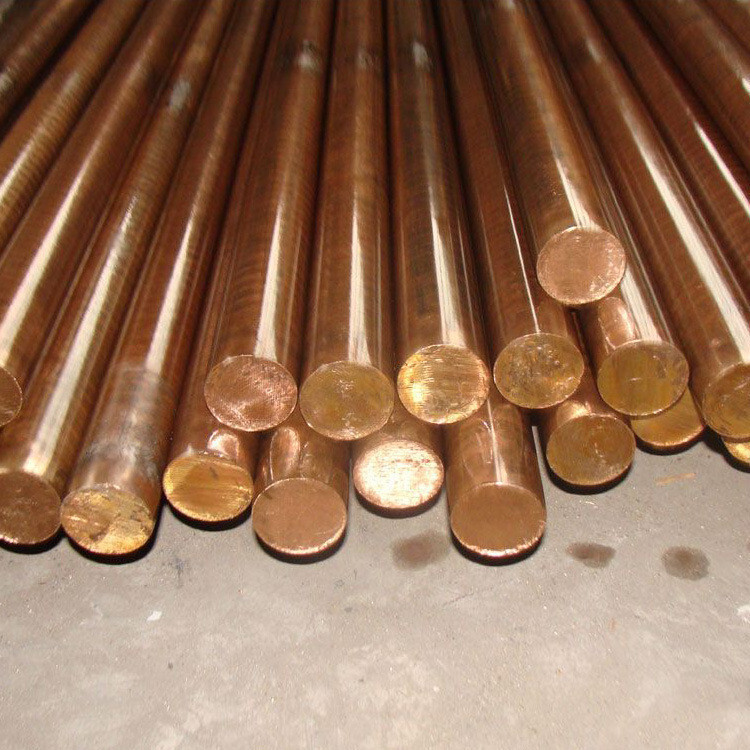C11200, belonging to the family of phosphorus deoxidized copper (DHP), is one of the most commonly used industrial pure copper materials. During the refining process, a small amount of phosphorus (P) is added to deoxidize the copper, preventing hydrogen embrittlement during high-temperature processing and welding. C112 copper offers high electrical conductivity, excellent machinability, and good corrosion resistance, which makes it suitable for a wide range of applications in heating, cooling, construction, and equipment manufacturing.

1. Chemical Composition (Typical Values)
Copper (Cu):≥ 99.85%
Phosphorus (P):0.015 – 0.040%
Total Impurities:≤ 0.05%
Note: Phosphorus in copper acts as a deoxidizer, preventing the formation of micro-cracks due to hydrogen gas during high-temperature processing, thus improving the welding performance and extending the material's service life.
2. Key Properties
(1)Electrical and Thermal Properties
Electrical Conductivity: Approximately 85% IACS (compared to 100% IACS for pure copper C11000)
Thermal Conductivity: Approximately 330 W/m·K
Melting Point: 1083°C
Density: 8.94 g/cm³
While C112's electrical conductivity is slightly lower than C11000 (oxygen-free copper), its superior machinability and stability make it a better fit for welding applications.
(2)Mechanical Properties (vary based on processing state)
R250 (Soft)
Tensile Strength (MPa):≥ 250 Elongation (%):≥ 35
R420 (Hard)
Tensile Strength (MPa):≥ 420 Elongation (%):—
(3)Corrosion Resistance
C112 copper demonstrates excellent resistance to water, steam, seawater, and atmospheric media, making it particularly suitable for environments with alternating hot and cold conditions.
(4)Machinability
Excellent cold working properties (can be cold bent, flared, drawn)
Suitable for welding and brazing with minimal risk of hydrogen embrittlement.
3. Comparison with Other Copper Materials
(1)C11200 (Phosphorus Deoxidized Copper)
Electrical Conductivity:★★★☆☆ (85% IACS)
Weldability:★★★★★
Hydrogen Embrittlement Risk:Very Low
Application Range:High
(2)C11000 (Oxygen-Free Copper)
Electrical Conductivity:★★★★★ (100% IACS)
Weldability:★★☆☆☆
Hydrogen Embrittlement Risk:Moderate
Application Range:High
(3)C12200 (DHP Copper, commonly used for tubes)
Electrical Conductivity:★★★☆☆ (Similar to C112)
Weldability:★★★★★
Hydrogen Embrittlement Risk:Very Low
Application Range:High
4. Typical Applications
(1)Building and HVAC Systems
Water heaters, solar water heating systems
Air conditioning and refrigeration pipelines
Underfloor heating pipes, heat exchanger components
(2)Industrial Applications
High-temperature pipeline systems
Chemical equipment (with high corrosion resistance requirements)
Copper components for welding
(3)Electrical Applications (Non-high-precision)
Busbars, grounding copper strips
Secondary conductor systems (when cost-performance ratio is prioritized)
5. Advantages of C112
Excellent Weldability – Suitable for brazing, gas welding, and resistance welding, with minimal hydrogen embrittlement.
Good Machinability – Suitable for cold working, pipe bending, stamping, flaring, and more.
Strong Corrosion Resistance – Ideal for use in humid, oxygen-rich environments.
Moderate Cost – More cost-effective than C11000 pure copper.
Wide Range of Applications – Compatible with multiple industries such as construction, refrigeration, machinery, and electrical systems.

6. Conclusion
Copper alloy C112 (C11200) serves as a bridge between excellent machinability and stable performance, making it especially suitable for high-end copper applications that require welding and corrosion resistance. When electrical conductivity requirements are not at extreme levels, C112 is often a more balanced, reliable, and cost-effective solution.
Our company can process the metal into round bars, steel plates, round tubes/square tubes, and coils according to your needs. If you have any inquiries, please feel free to contact us at sale@bolaibao1.com. We look forward to your consultation.
Get real-time quotes
Interested? Leave your contact details.
